Those who know me well, know that I am a fan of old vines because they can bring incredible intensity, character, and balance to wines. In this situation, I am also lucky, because in Portugal, where I live, more than 800 such vineyards are currently registered, making it the best-presenting country in the world in terms of old vines. Far ahead of Spain and the United States, but also Australia and France.
At wineries, wine shops, or even just in a supermarket, everyone has probably come across a wine whose label contains information referring to old grapes.
In Portugal, the term ‘Vinhas Velhas‘ is used for this, which literally means ‘old vines’ in Portuguese.
This term refers to the age of the vineyards.
A vine does not bear fruit until about three years after planting and does not reach ‘adulthood’ until around seven or eight years of age. Between 12 and 25 years, they are considered mature grapes. So, in general, it can be said that a grape over 25 years old can already be considered an old vine. Although there is no real consensus on this among experts.
Some people claim that a vineyard becomes old after 25 years, as its production begins to decline at this age. According to others, on the other hand, old vines start from 65-70 years old, when they enter their third age. During these years, the vine acquires the wisdom of the age, as the plant gradually acquires a root system that protects it from above-ground adversities and constant climate changes.
It is a fact, however, that a vine can live up to 100 years while dazzling us with increasingly delicious fruit.
In Portugal, the term old vine (‘Vinhas Velhas’) represents a completely different value in each region, depending on the age of the plant. For example, in the Vinho Verde and Alentejo regions, a 30-year-old grape is already considered an old vine, while in the vineyards of Douro and Dão regions, it is only an adult vine.
There are still about 15,000 hectares of old vines in the Douro region. In Alentejo, however, such plantations are more difficult to find, except around Portalegre and Vidigueira, where vine cultivation was not decimated during the wheat campaigns during the Estado Novo (Portuguese dictatorial political regime) in the 1930s.
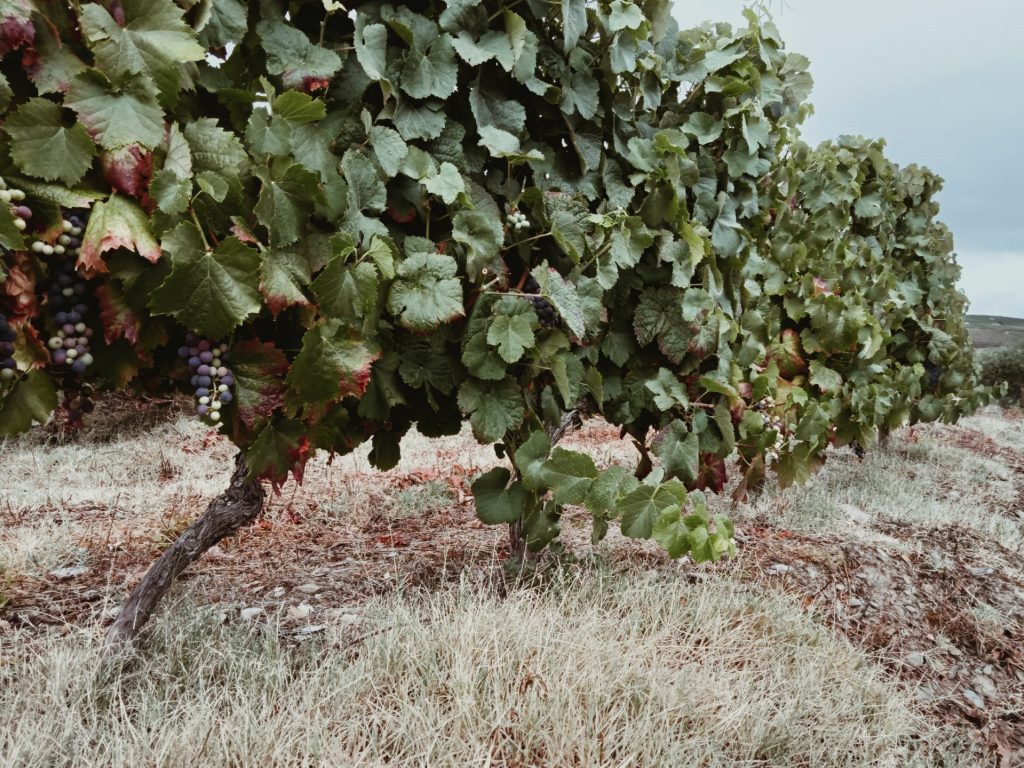
Old grapes (Photo source: Quinta da Furada, Douro)
Meanwhile, it is also curious to observe how viticultural thought has evolved in this regard in recent decades
Until the 1980s, the concept of old vines was barely addressed. An old vineyard was usually synonymous with little production, causing losses for those trying to earn their “everyday bread”.
From the 1990s, modern vineyards were established, where the selected grape varieties were already planted on a plot-by-plot basis.
And now, some three decades later, the growing number of Vinhas Velhas labels on the wine bottles suggests that the most valuable wines are made from old vines that have not brought any benefit to winemakers in the past.
But why are wines made from old grapes so special?
Old vines have two main characteristics. One of the most important, which I have already mentioned, is the deep and long spreading root system, that protects it from the adversities that occur above ground.
Another characteristic is the lower yield. These vines usually produce less fruit, but with the increasing age of the plant, in better quality. The reason for this is that the older the grape, the deeper its roots are in the soil layers, so it extracts more components from it.
But at this point, it is important to highlight that the way the winemaker treats his grapes is also very important from the point of view of wine production. After all, if we produce less fruit, i.e. the yield is lower, all the energy produced goes to the smaller amount, which results in a better and more balanced ripening of the grapes.
What unique characteristics does age impart to grapes?
– Old vines produce more concentrated fruit. As they tend to decrease in yield with age, many believe this increases the concentration of sugars and aromas in the berry, resulting in a more concentrated wine.
– As I have already mentioned, the roots of old vines spread deep and wide in the soil. This also means that the grape’s sources of nutrients and water are deep below the surface. Because of this, these vines do not suffer as much from the climate changes, so they are generally more tolerant of bad weather or even floods from the surrounding rivers.
– In the case of old vines, the maturity of the fruit does not cause a problem. All the more so tannins, especially in red wines. Underripened tannins can give the wine a greenish, astringent taste.
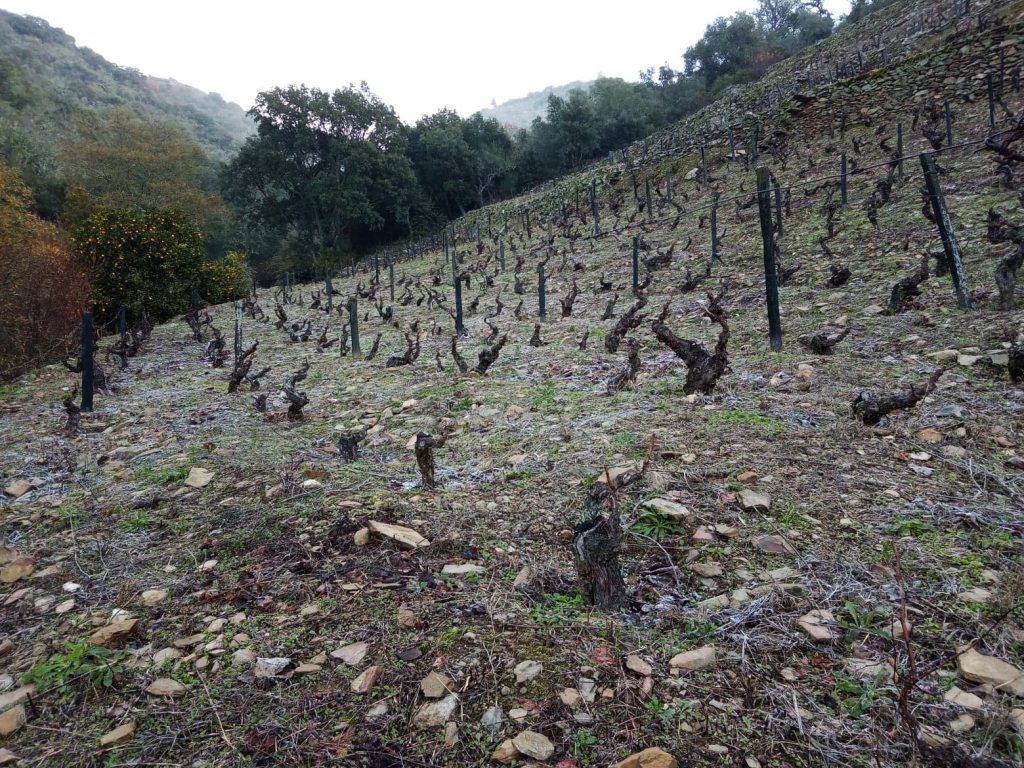
Old Vines (Photo source: Quinta da Furada, Douro)
Why is it so important to save these old vines?
Because this is also a question of sustainability. Saving the old vines is not a romantic endeavor, but also the management of the crisis of a planet, our Earth. The old grape varieties carry the secrets of survival since they have adapted to the ‘stress’ that the plants experience over the course of decades and even centuries. They have survived extreme weather events, so they are often more resistant to drought and heatwaves, unlike young vines, they do not require irrigation. They have also learned to live with pests and diseases, i.e. they have developed immunity to them, so they need fewer chemicals to survive.
In addition, due to their deep and widely spread root system, they adapt much better to the soil in which they are planted, which is also why they are more resistant.
At the same time, let’s not forget that these old vines are also related to social sustainability in terms of preserving and respecting traditions, as well as inherited knowledge and experience. In most cases, these vineyards are family heritage, so they also represent history; stories of places and people.
The question often arises of how to protect old vines
To put it simply, with money. The maintenance of old vines costs a lot. But at the same time, their value is also greater. That is why we have to appreciate the wines made from them more, the quality of which is indisputable. Not least because their production always requires great care and commitment on the part of the producer, both in the vineyard and in the cellar, where, for example, the best barrels are used to mature these wines.
So there are only two main problems with old vines. On the one hand, the reduced production, as less yield brings less money to the producer. On the other hand, working with these old vineyards is very expensive, let’s look at the fact that almost everything has to be done by hand, or even the otherwise funny Portuguese custom of grazing the weeds between the vines with the famous Portuguese black pigs, which also require some investment to maintain. We can find very good examples of the latter in the wineries of the Bairrada region.

Luis Pato – Vinhas Velhas Red 2018, Bairrada
The term ‘Vinhas Velhas’ actually covers ‘old Portuguese vineyards’.
In Portugal, these vines are most often found in the company of other plants, mostly olive trees, sometimes fruit, orange, and almond trees. The olive-grape combination is otherwise a perfect choice since the surface roots of the olive tree do not compete with the deep roots of the grape. Thus, the vines can enjoy the hottest hours in the shade of olive trees.
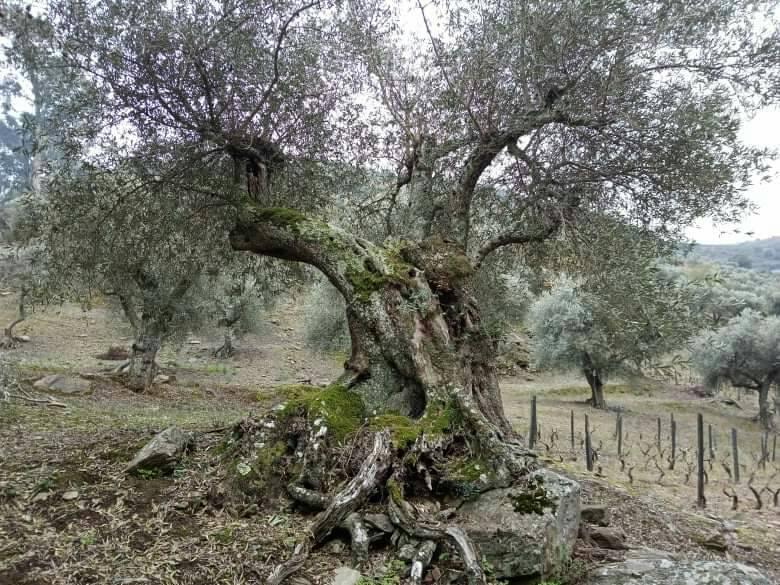
Old olive tree (Photo source: Quinta da Furada, Douro)
Portuguese ‘Vinhas Velhas’ wines reflect the fantastic Mediterranean terroir, which has nothing to do with the famous French terroir but is in no way less than that.
Tasting wines from old vineyards is always very exciting. Each vineyard has a different collection of grape varieties, which give a different character to the wine made from it. And the expression Vinhas Velhas on the labels – made in any region – draws the consumer’s attention to the fact that the bottle hides something quite rare and special.
So, for those who are used to simpler and more direct wines, these drinks made from old grapes may not be to their liking.
Vineyards and wines of this type are, in one way or another, special certifications of history. A national heritage that must be protected!

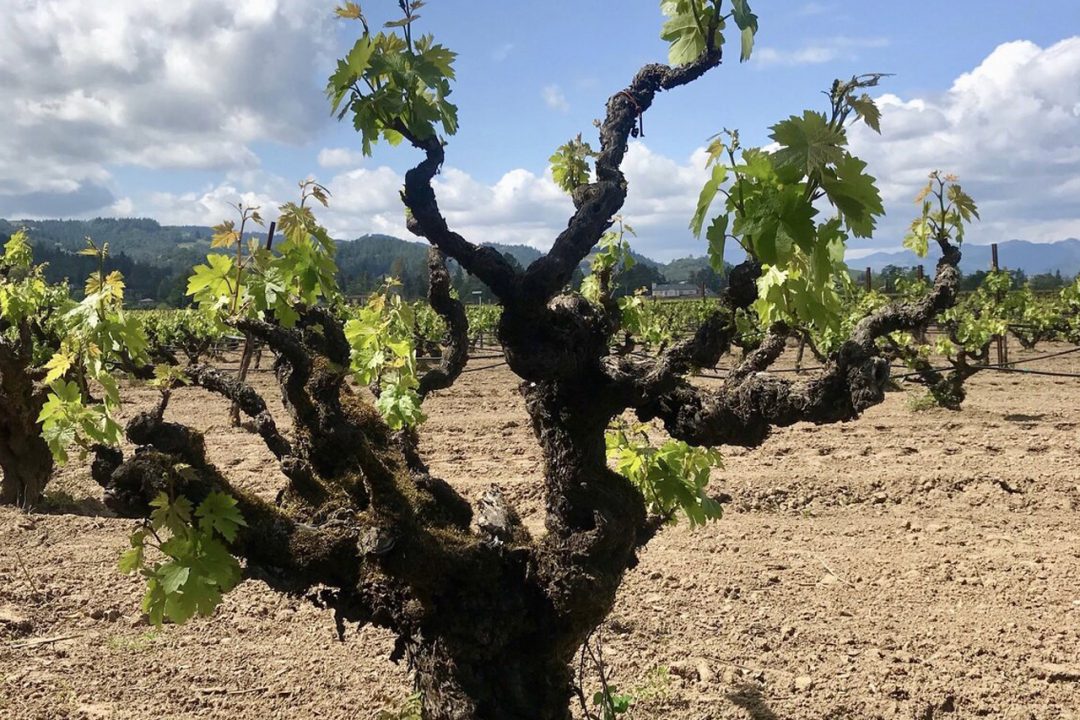

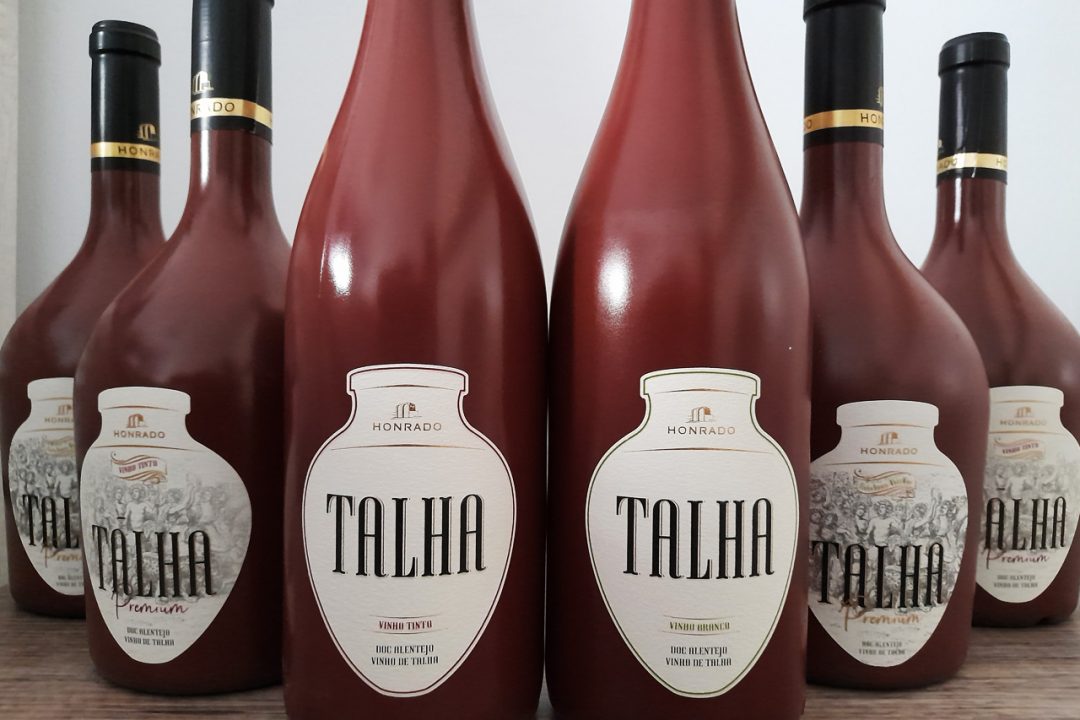


Alder Yarrow
Cheers to old vines! We have many registered in the Old Vine Registry for Portugal (the most of any country in the world) but this is still only a small fraction of those that exist. Would love your help getting more into the database if you’re so inclined – http://www.oldvineregistry.org.